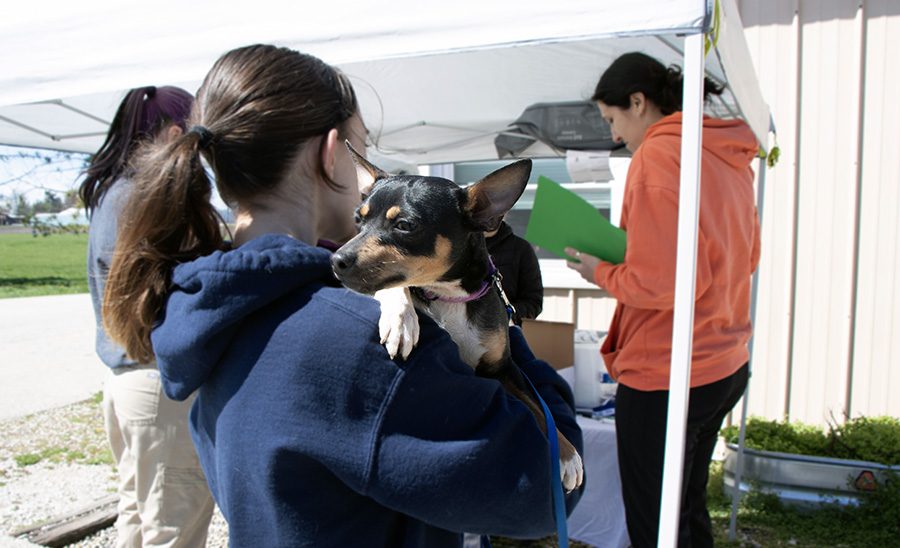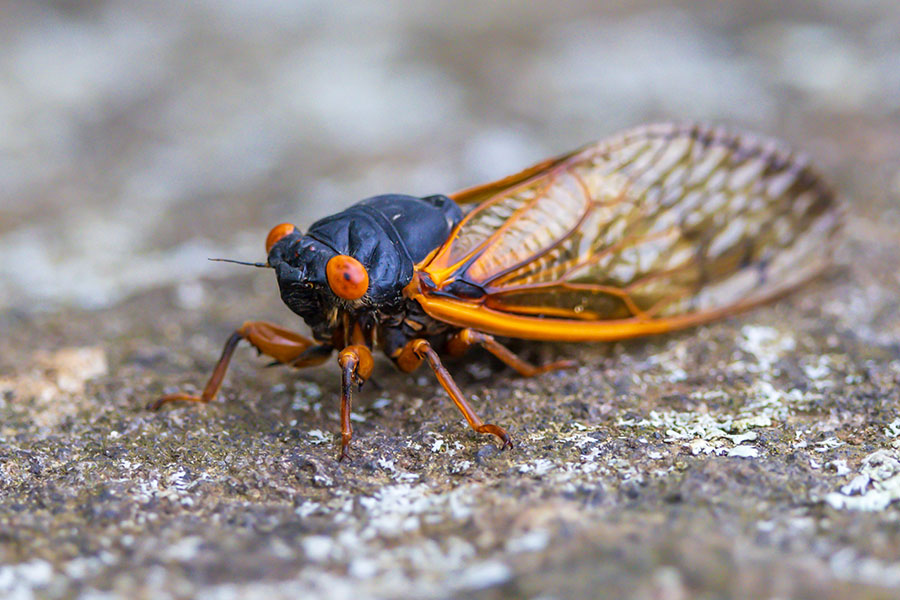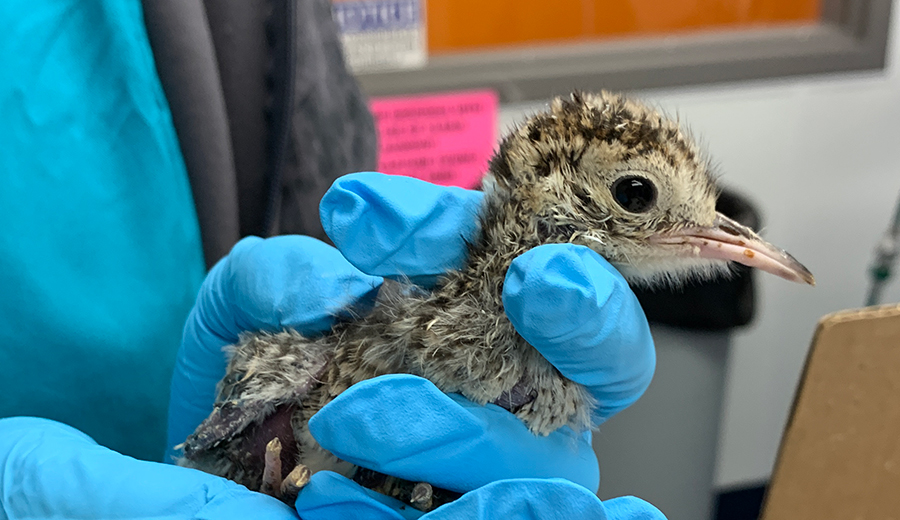Rottweilers and Mastiffs are prone to CCL rupture
In the NBA and the NFL, a torn ACL—anterior cruciate ligament—is an all-too-common injury. That same injury frequently afflicts dogs (even ones that aren’t athletes), but in dogs it is called a CCL rupture.
The CCL, or cranial cruciate ligament, is the main supporting ligament in a dog’s knee. It helps to keep the tibia stabilized with the femur. (In other words, it keeps the shin bone in line with the knee and upper leg.)
![[Dr. Tisha Harper orthopedic surgeon]](https://vetmed.illinois.edu/wp-content/uploads/2021/04/harper_small.jpg)
Progressive Degeneration More Common Cause than Trauma
“CCL disease is a progressive degeneration of the cranial cruciate ligament resulting in a weak ligament that can tear with normal activities, such as running or jumping,” Dr. Harper explains. “A small number of cases are caused by acute, or instant, rupture of a normal ligament due to hyperextension or a traumatic incident.”
Currently, there is no definitive cause for this disease. However, certain breeds, including Rottweiler, Labrador retriever, American Staffordshire terrier, and Mastiff present more commonly with CCL disease.
As expected with a knee injury, a dog with a CCL tear will have signs of hind limb lameness and limping. The muscles in that leg may weaken and shrink from disuse, and the knee will swell and become painful.
“Medium and large breed dogs will need surgery to fix a CCL rupture,” Dr. Harper explains. “Small dogs (less than 30 pounds) may be managed medically, but if medical treatment is unsuccessful, then surgery will be the next step.”
Surgery Changes Biomechanics of the Knee
Surgery to fix a CCL tear is called a TPLO, or tibial-plateau-leveling osteotomy. This surgery requires specialist training, and Dr. Harper recommends it to be done at a referral hospital.
“A TPLO surgery changes the biomechanics of the knee so the dog can still use the limb without a CCL,” says Dr. Harper. “We change the angle of the top of the tibia (shin bone) by cutting the bone and rotating it so that the other muscles supporting the knee can take over the functions of the CCL.”
After the surgery, dogs usually return home the next day. Owners can expect to see a significant amount of swelling in the affected knee for the first week or so. It is important to restrict your dog’s active play and use of stairs for the first couple months until recheck x-rays can confirm the surgery site has healed properly. As with all surgeries, allowing your dog to lick the incision site can cause infection, bleeding, and delayed healing.
Most dogs will make a full recovery from a TPLO surgery, but they are still prone to arthritis and other joint problems. To help these dogs continue to have healthy and active lifestyles, owners can feed their dogs a balanced diet, keep them at an ideal body weight, and give them joint supplements.
No Definitive Prevention for CCL Rupture
“In approximately half of dogs that experience a CCL rupture, the CCL on the other leg will also rupture within two years,” Dr. Harper warns owners.
Since no single inciting agent has been determined to be the culprit, there is no definitive prevention for CCL tears. Current recommendations include maintaining pets at ideal body weights and encouraging moderate exercise to minimize stress on the knee. However, this doesn’t guarantee that a CCL injury will not occur.
To learn more about CCL disease and TPLO surgeries, talk to your local veterinarian.
By Danielle Engel

![[tplo rottweiler]](https://vetmed.illinois.edu/wp-content/uploads/2021/04/pc-tplo-rottie.jpg)


